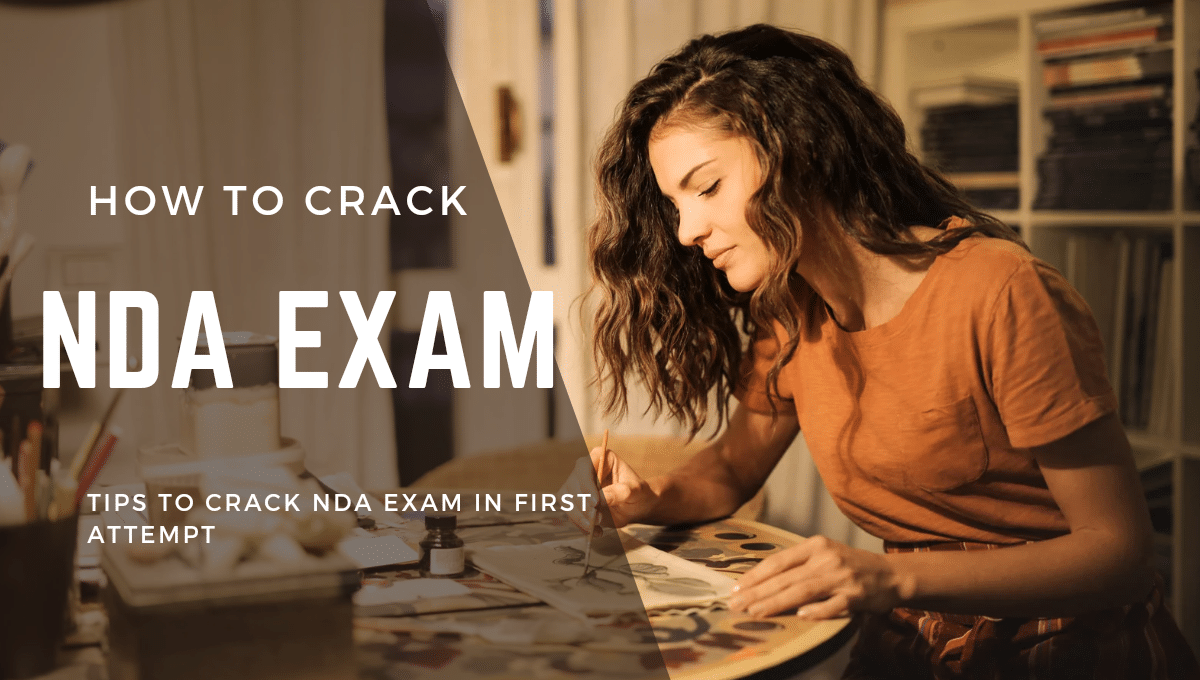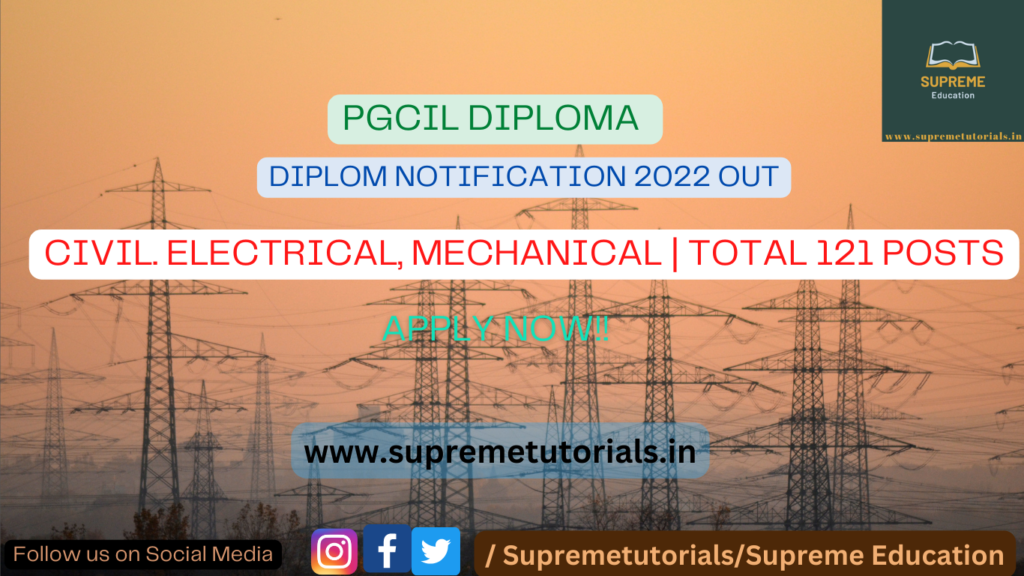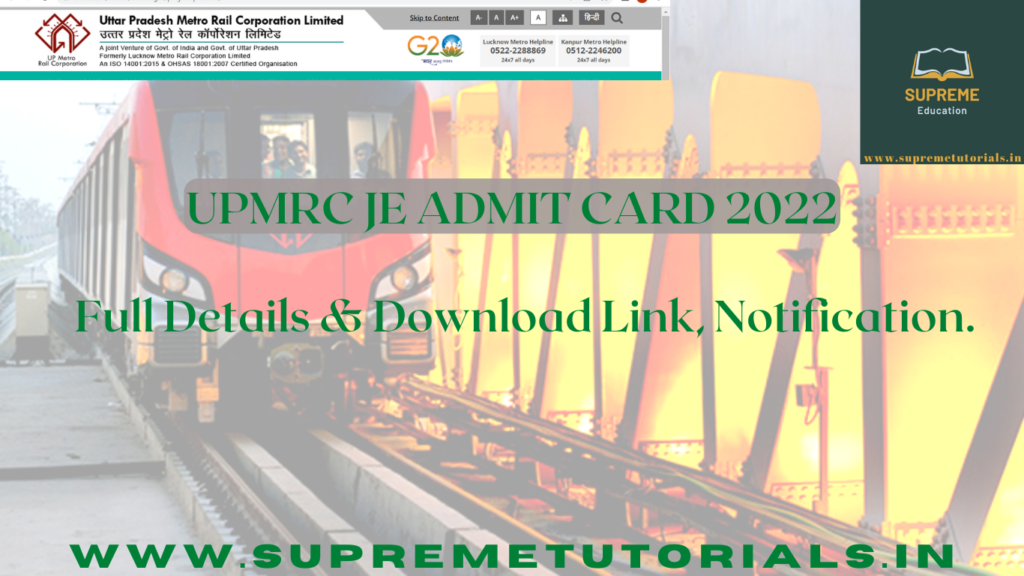ISRO’s Aditya-L1 Mission:-
Aditya-L1 is a satellite dedicated to the comprehensive study of the Sun. It has 7 distinct payloads developed, all developed indigenously. Five by ISRO and two by Indian academic institutes in collaboration with ISRO.
Aditya in Sanskrit means the Sun. L1 here refers to Lagrange Point 1 of the Sun-Earth system. For common understanding, L1 is a location in space where the gravitational forces of two celestial bodies, such as the Sun and Earth, are in equilibrium. This allows an object placed there to remain relatively stable with respect to both celestial bodies.
Following its scheduled launch on September 2, 2023, Aditya-L1 stays Earth-bound orbits for 16 days, during which it undergoes 5 maneuvres to gain the necessary velocity for its journey. Subsequently, Aditya-L1 undergoes a Trans-Lagrangian1 insertion maneuvre, marking the beginning of its 110-day trajectory to the destination around the L1 Lagrange point. Upon arrival at the L1 point, another maneuvre binds Aditya-L1 to an orbit around L1, a balanced gravitational location between the Earth and the Sun. The satellite spends its whole mission life orbiting around L1 in an irregularly shaped orbit in a plane roughly perpendicular to the line joining the Earth and the Sun.
Acoording to ISRO ,” Aditya-L1 Mission:
The Spacecraft is healthy and on its way to Sun-Earth L1.
A Trajectory Correction Maneuvre (TCM), originally provisioned, was performed on October 6, 2023, for about 16 s. It was needed to correct the trajectory evaluated after tracking the Trans-Lagrangean Point 1 Insertion (TL1I) maneuvre performed on September 19, 2023.
TCM ensures that the spacecraft is on its intended path towards the Halo orbit insertion around L1.
As Aditya-L1 continues to move ahead, the magnetometer will be turned on again within a few days.”
Aditya L1 shall be the first space based Indian mission to study the Sun. The spacecraft shall be placed in a halo orbit around the Lagrange point 1 (L1) of the Sun-Earth system, which is about 1.5 million km from the Earth. A satellite placed in the halo orbit around the L1 point has the major advantage of continuously viewing the Sun without any occultation/eclipses. This will provide a greater advantage of observing the solar activities and its effect on space weather in real time. The spacecraft carries seven payloads to observe the photosphere, chromosphere and the outermost layers of the Sun (the corona) using electromagnetic and particle and magnetic field detectors. Using the special vantage point L1, four payloads directly view the Sun and the remaining three payloads carry out in-situ studies of particles and fields at the Lagrange point L1, thus providing important scientific studies of the propagatory effect of solar dynamics in the interplanetary medium
The suits of Aditya L1 payloads are expected to provide most crucial informations to understand the problem of coronal heating, coronal mass ejection, pre-flare and flare activities and their characteristics, dynamics of space weather, propagation of particle and fields etc.
Science Objectives:
The major science objectives of ISRO’s Aditya-L1 Mission are:
- Study of Solar upper atmospheric (chromosphere and corona) dynamics.
- Study of Chromosphere and coronal heating, physics of the partially ionized plasma, initiation of the coronal mass ejections, and flares
- Observe the in-situ particle and plasma environment providing data for the study of particle dynamics from the Sun.
- Physics of solar corona and its heating mechanism.
- Diagnostics of the coronal and coronal loops plasma: Temperature, velocity and density.
- Development, dynamics and origin of CMEs.
- Identify the sequence of processes that occur at multiple layers (chromosphere, base and extended corona) which eventually leads to solar eruptive events.
- Magnetic field topology and magnetic field measurements in the solar corona .
- Drivers for space weather (origin, composition and dynamics of solar wind .
Read Also:- Chandrayan 3







Thanks for sharing. I read many of your blog posts, cool, your blog is very good.
Your point of view caught my eye and was very interesting. Thanks. I have a question for you.
Can you be more specific about the content of your article? After reading it, I still have some doubts. Hope you can help me.
Your point of view caught my eye and was very interesting. Thanks. I have a question for you.
Your article helped me a lot, is there any more related content? Thanks!
Can you be more specific about the content of your article? After reading it, I still have some doubts. Hope you can help me. https://www.binance.com/zh-TC/register?ref=VDVEQ78S
Your article helped me a lot, is there any more related content? Thanks!